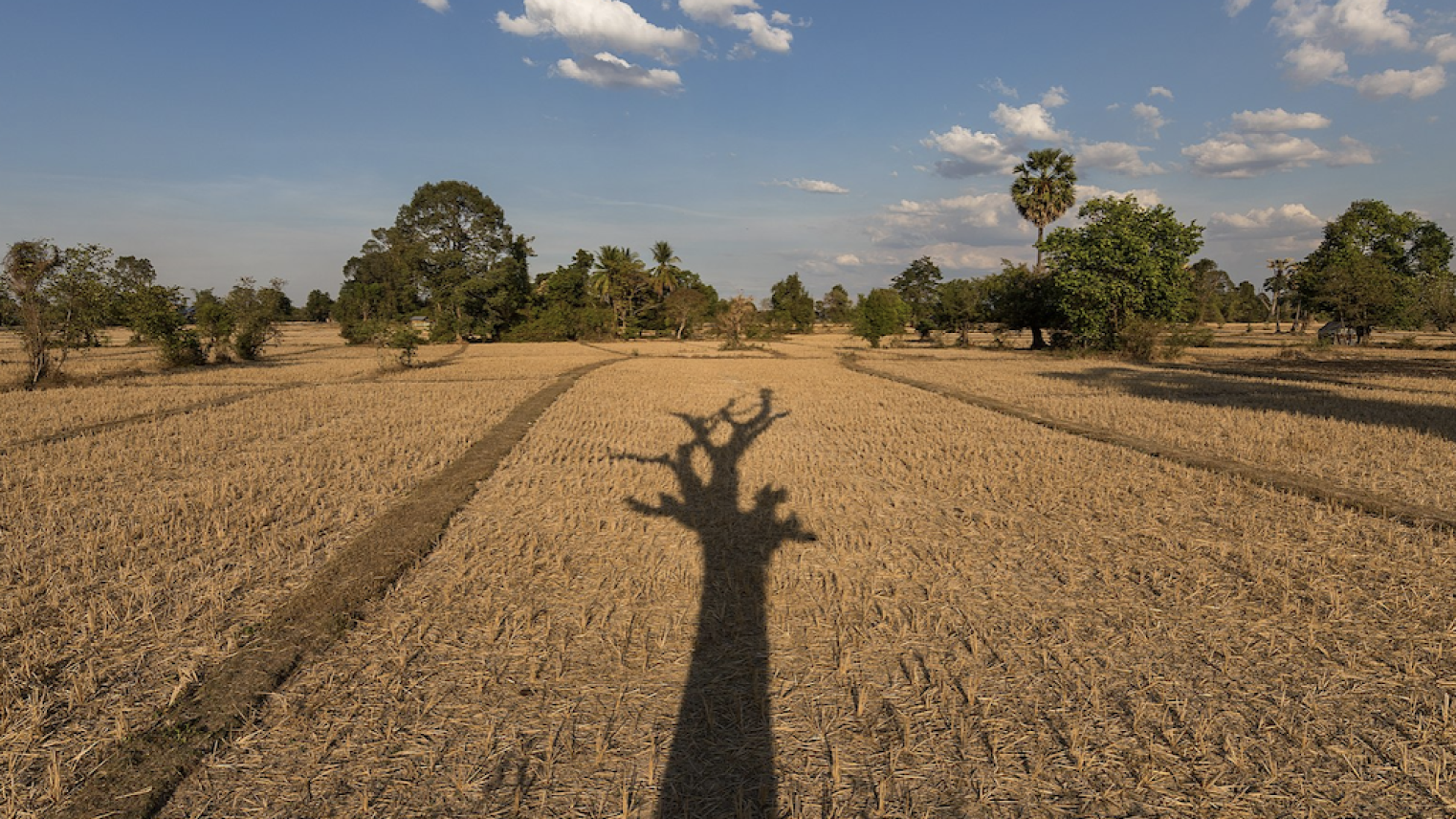SEAI Exclusive: In the Long Shadow of Great Power Politics: The Imperative of Southeast Asian States’ Regional Unity

Over the last three decades Southeast Asia has made great strides in establishing peace and prosperity as it underwent a transformation “from battlefield to marketplace,” to borrow a phrase popularised by the former Thai prime minister, Chatichai Choonhavan. As the region enters a new era of uncertainty and flux in its external environment, the resolve of Southeast Asian states to set aside differences in pursuit of larger, shared strategic objectives is being tested yet again.
For centuries, Southeast Asia has found itself sitting at the geopolitical crossroads where major powers meet, intersect, and collide. As a region, much has been made of Southeast Asia’s encounters with external powers over the centuries: how these interactions have not only shaped indigenous cultures and identities, but also required regional states to manage relations with larger powers while preserving their agency and autonomy. Indeed, from the time of the Indic, Sinic, and Mediterranean (Islamic) civilisations through the era of colonialism (Western and Japanese) to the Cold War, this has been the dominant theme that defines Southeast Asia’s international relations.
As I explored in my East Asian Forum essay titled “Internal discord the greatest threat to Southeast Asian unity,” diversity in cultures, languages, religions, historical experiences, political systems, and developmental pathways have often played out in regional geopolitics, posing a challenge to efforts at forging unity.
Many of these fault lines persist in some form or other today, periodically giving rise to diplomatic disputes and even low-key conflicts. For instance, ethnonationalist insurgents active in the southern border provinces of Thailand in the past two decades have genuflected in the direction of ethnic kin in Malaysia, much to the chagrin of Bangkok. In 2008, Thai and Cambodian troops clashed as disputes over ownership of the 11th century Preah Vihear Temple and its promontory boiled over. In 2013, militants from the Sulu archipelago of the Philippines landed in the East Malaysian state of Sabah in an attempt to assert the sovereignty of the historic Sulu Sultanate over that territory. The landing, which occurred in Lahad Datu in Sabah, and the military confrontation that followed involving the militants and Malaysian security forces, was a reminder that the Philippine claim to the Malaysian territory of Sabah remains unresolved.
So, as the countries of the region faces yet another era of great power competition and rivalry unfolding at their doorstep, and against the backdrop of intramural differences and fault lines among Southeast Asian states, how might they go about pursuing their own security and exercising autonomy in their geostrategic environment?
When considering mechanisms to manage intramural disputes and conflicts in Southeast Asia, ASEAN undoubtedly warrants immediate mention. Formed in 1967 by five maritime non-communist Southeast Asian states, the regional organisation was, according to its founding document, the Bangkok Declaration, essentially designed to foster “good understanding, good neighbourliness and meaningful cooperation” among the countries in the region, to “share a primary responsibility for strengthening the economic and social stability” in Southeast Asia, and “to ensure their stability and security from external interference in any form or manifestation”. While the regional political and economic landscape has changed considerably since ASEAN’s inception (not least of which has been its expansion to encompass former communist adversaries from mainland Southeast Asia as well as a reclusive junta-led Myanmar), these governing principles by and large remain.
Needless to say, to deal with the present great power competition, Southeast Asia states must be clear eyed in their dealings with external power interests and in their response to such activity in and around the region. Something must be said of ASEAN Centrality in this regard. In brief, the concept of ASEAN Centrality reflects ASEAN’s aspiration to play a leading role – to be the “primary driving force” or in the “driver’s seat” - in influencing events and policy outcomes in region affairs. ASEAN Centrality signals the attempt of Southeast Asian states to manage the changing distribution of power and regional balance so as to create strategic latitude and autonomy for themselves while minimising prospects of being overwhelmed by great power politics. In that sense, as a prescription for regional order ASEAN Centrality rests on what is in fact an intriguing anomaly, where the locus of initiative derives from weak states rather than major powers. In other words, ASEAN Centrality is counterintuitively articulated on the basis of an implicit recognition of weakness – ASEAN, as a collection of weak states and not major powers “central” in the regional architecture - rather than strength. And indeed, although major external powers have all accepted – indeed, tipped their hats to – the concept of ASEAN Centrality, they have done so at minimal cost, precisely because doing so does not require them to compromise their own interests.
Yet for ASEAN, maintaining this façade of “centrality” is imperative in order to ensure the region is not overwhelmed by great power politics. But whether it can do so effectively will depend on the ability of members of the organisation to at least speak with one voice even if they do not think with one mind.
How successfully they can navigate the increasingly polarised geopolitical climate will doubtless depend much on their ability and commitment to raise their sights above the parapets of parochial interests to realise that unity is urgently required in the face of the centrifugal pressures that great power rivalry is generating, and the arid reality that this pressure will surely grow more intense as the rivalry escalates.
Joseph Liow is Dean and Tan Kah Kee Chair Professor of Comparative and International Politics at the College of Humanities, Arts, and Social Sciences, Nanyang Technological University.
This article was developed based on the author’s presentation at the Southeast Asia Regional Geopolitical Update at The Australian National University on 1 May 2023.